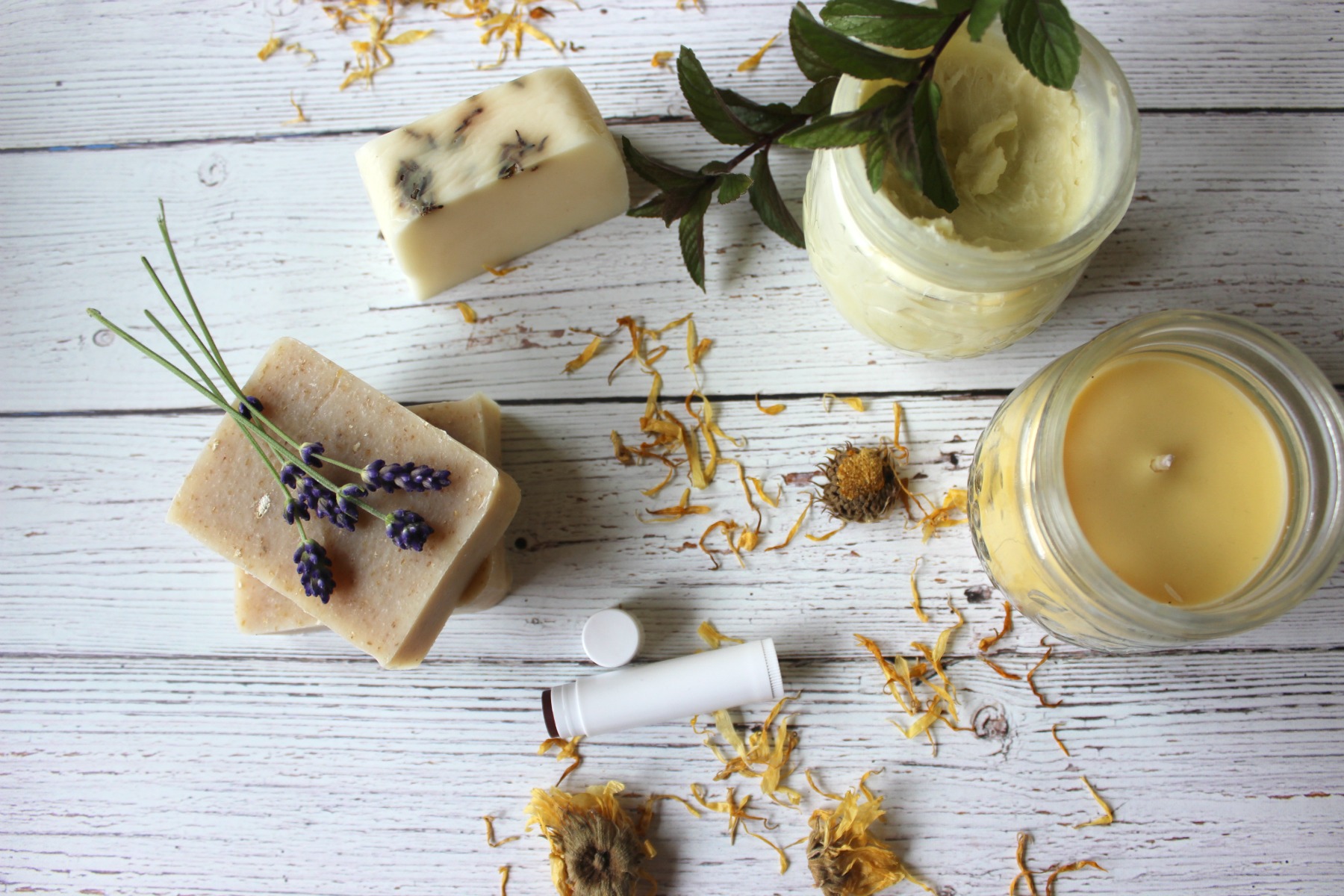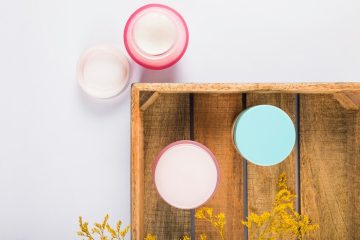Soap making is a rewarding and creative hobby that allows you to craft personalized skincare products tailored to your preferences. Whether you’re a beginner or a seasoned soap maker, having the right supplies is essential for successful projects.
Let’s explore the essential soap-making supplies you need to get started and create beautiful, handmade soaps.
1. Base Oils and Butters
The foundation of any soap recipe is a combination of base oils and butters. Common oils used in soap making include olive oil, coconut oil, palm oil, and castor oil. Each oil brings unique properties to the soap, such as cleansing, moisturizing, or creating a rich lather. Experimenting with different oil combinations allows you to customize your soap to suit your skin type and preferences.
2. Lye (Sodium Hydroxide)
Lye is a crucial ingredient in soap making that reacts with oils to create soap through a process called saponification. While lye is caustic and requires careful handling, it is essential for transforming oils into soap. When working with lye, be sure to wear protective gear such as gloves and goggles and follow safety precautions to prevent accidents.
3. Distilled Water or Liquid
Distilled water or other liquids such as herbal teas or milk can be used to dissolve lye and create the lye solution needed for soap making. Using distilled water ensures that impurities and minerals found in tap water won’t interfere with the soapmaking process. Additionally, using alternative liquids can add unique properties and scents to your soap.
4. Essential Oils or Fragrance Oils
Adding fragrance to your soap is a fun and creative aspect of soap making. Essential oils, derived from plants, offer natural scents and therapeutic benefits, while fragrance oils provide a wide range of synthetic fragrances. When using essential oils, be mindful of their potency and any potential skin sensitivities. Fragrance oils allow for endless scent combinations and are ideal for creating beautifully scented soaps.
5. Colorants
Colorants add visual interest and personality to your soap creations. Natural colorants such as clays, herbs, and spices offer earthy tones and subtle hues, while micas and pigments provide vibrant colors and shimmer. Experimenting with different colorants allows you to create unique and visually appealing soaps that reflect your style and creativity.
6. Mold
A soap mold is used to shape and form your soap mixture into bars or other desired shapes. Silicone molds are popular among soap makers for their flexibility and ease of use. You can find molds in various shapes and sizes to suit your preferences, from classic rectangular bars to intricate designs and patterns.
7. Mixing Tools
Having the right mixing tools is essential for combining your soap ingredients effectively. A stainless steel or heat-resistant plastic mixing bowl is ideal for mixing oils and lye solution, while a stick blender helps emulsify the mixture and speed up the saponification process. Additionally, spatulas and spoons are handy for stirring and scraping the soap mixture.
8. Safety Gear and Equipment
Safety should always be a top priority when making soap. In addition to wearing protective gear such as gloves and goggles when working with lye, it’s essential to have a dedicated workspace with proper ventilation. Keep children and pets away from your soap-making area, and clean up spills promptly to prevent accidents.
Conclusion
With the right supplies and a bit of creativity, anyone can enjoy the art of soap making. Whether you’re a beginner or an experienced soap maker, having essential supplies on hand ensures that you can create beautiful, handmade soaps tailored to your preferences. Experiment with different ingredients, scents, and colors to create unique and personalized creations that you’ll love to use and share with others.




